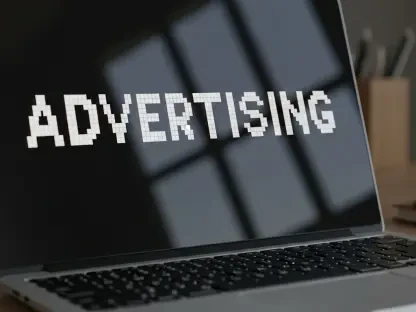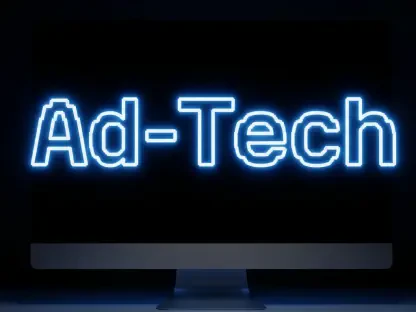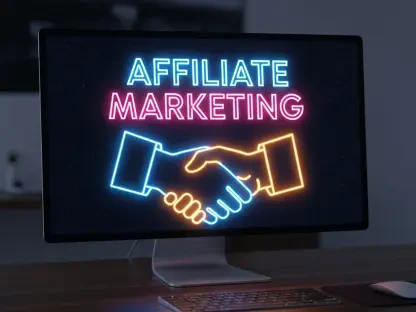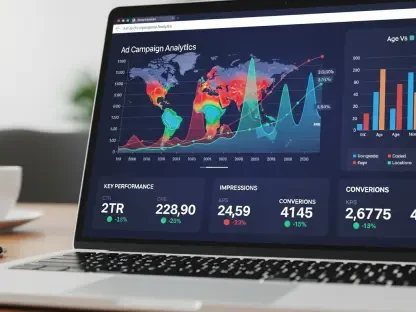In an era where digital advertising is plagued by instances of ads appearing alongside inappropriate or explicit content, the issue of brand safety has never been more critical. Advertisers are increasingly concerned about the environments their messages inhabit, fearing that their ads might inadvertently fund disreputable or harmful content. To mitigate these issues, Scope3, an ad-tech company led by CEO and co-founder Brian O’Kelley, has ventured into the brand-safety and ad-verification industry with their latest offering—an AI-driven tool named Brand Standards. This development is particularly timely, given the growing evidence that traditional brand-safety mechanisms are faltering, as highlighted by research from Adalytics that found ads placed next to unsuitable content, raising alarms among various stakeholders, including federal agencies and Congress.
The Emergence of Brand Standards
Scope3’s introduction of the Brand Standards tool signifies a cutting-edge approach to resolving long-standing issues in the brand-safety sector. This innovative tool comes in response to the limitations of traditional brand safety measures, such as keyword blocking, that often fail to capture the nuanced nature of online content. The Brand Standards tool offers a more refined and custom-built solution, meticulously designed to adhere to each brand’s individual preferences and guidelines. For instance, a company can specify its sensitivity to topics like natural disasters, ensuring that its ads do not appear next to related content without unnecessarily limiting its reach.
The AI technology underpinning Brand Standards aims to analyze content at a granular level, effectively combining context and sentiment analysis to determine the suitability of ad placements. Integration with leading advertising platforms like The Trade Desk and Google signals a broad adoption potential, making the tool accessible to a wide range of advertisers. The marketing efforts through Dotdash Meredith further amplify its reach, facilitating a more widespread application of this advanced brand-safety mechanism. This precision not only benefits advertisers by providing more appropriate placements but also supports publishers by ensuring their content isn’t unnecessarily blocked, thereby maintaining their revenue streams.
Challenges Facing Traditional Brand-Safety Solutions
The advent of Brand Standards comes at a time when traditional brand-safety companies, such as DoubleVerify and Integral Ad Science (IAS), are under scrutiny for failing to deliver on their promises. Adalytics’ critical research revealed that ads were appearing next to explicit and harmful content, which contradicts the goals of brand-safety services. These findings have put enormous pressure on the industry and have invited intervention from high-level entities like Congress and federal agencies tasked with regulating online content.
Compounding these challenges, major tech platforms including Meta and X (formerly Twitter) have relaxed their content moderation policies, contributing to the complexities surrounding brand safety. A recent Forrester survey found that around 59% of marketing executives believe that consumers are less concerned about brand safety than they were in previous years. Additionally, the conversation around brand safety has taken on a political dimension, with allegations of conservative media being unfairly censored by organizations advocating for responsible media practices. One notable incident was the disbanding of the Global Alliance for Responsible Media following a lawsuit initiated by X.
Political Implications and AI’s Role
The current brand-safety landscape is not just a technological battlefield but also a political minefield. Brian O’Kelley perceives this turbulent environment as an opportunity for strategic intervention. He argues that the use of AI can bring a heightened level of precision to content moderation systems, ensuring that they are explicable and verifiable. In sensitive situations where companies may be held accountable for their content moderation decisions, having a robust and transparent system is critical.
However, the integration of AI in brand safety is not without its own set of challenges. O’Kelley is candid about the potential biases inherent in AI models and emphasizes the need for careful calibration and continuous monitoring. The successful deployment of AI tools necessitates a balanced approach that takes into account the biases while striving for accuracy and fairness. In this light, the development of Brand Standards aims to harness the power of AI to create a brand-safety tool that is not only highly effective but also transparent and accountable.
Future Implications and Next Steps
Scope3 has launched the Brand Standards tool, a revolutionary solution aimed at addressing persistent problems in the brand-safety industry. Traditional methods, like keyword blocking, often fail to grasp the complexity of online content. The Brand Standards tool, however, delivers a sophisticated and customizable approach, precisely tailored to each brand’s unique standards and guidelines. For example, a brand can set its sensitivity to certain topics, like natural disasters, ensuring that their ads avoid related content while maintaining visibility.
Powered by advanced AI, the Brand Standards tool evaluates content at a detailed level, merging context and sentiment analysis to determine fitting ad placements. Integration with major advertising platforms like The Trade Desk and Google highlights its broad potential for acceptance, making it widely available to advertisers. Collaborating with Dotdash Meredith further extends its reach, promoting extensive use of this advanced brand-safety tool. This accuracy benefits not only advertisers by ensuring suitable placements but also supports publishers in preventing unnecessary content blocking, thus securing their revenue.









